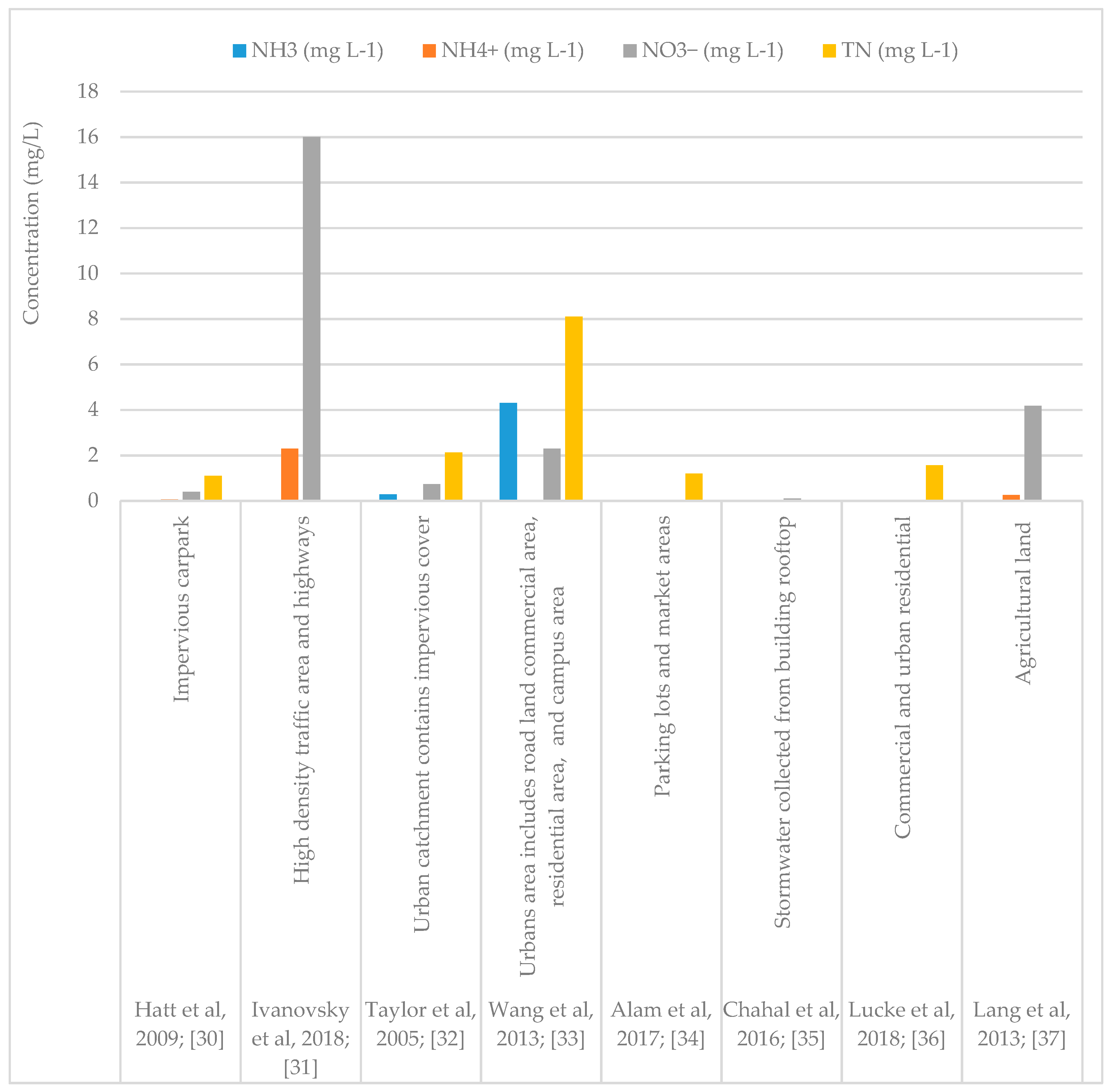

Typically, 18 inches (457 mm) of driving head is designed into the system. Jellyfish Filter can be can be configured in a variety of systems a manhole, catch basin, vault, fiberglass tank or custom configuration.
#BIORETENTION SYSTEM REPORTING PCSWMM VERIFICATION#
#BIORETENTION SYSTEM REPORTING PCSWMM ISO#
Canada ISO 14034 Environmental Management – Environmental Technology Verification (ETV).Jellyfish Filter is approved through numerous state and federal verification programs, including: Jellyfish Filter Approvals & Verifications Superior pollutant capture with confidence 3rd party verified field performance per TARP protocolĥ. Easy maintenance and low life-cycle costĥ. Lightweight cartridges with passive backflushĤ. Design Flexibility, lower construction costĤ. Low driving head (typically 18 inches or less (457 mm))ģ. Compact system with a small footprint, lower construction costģ. Highest design treatment flow rate per cartridge (up to 80 gpm (5 L/s))Ģ. Long-lasting and effective stormwater treatmentĢ. High surface area, high flow rate membrane filtrationġ.

Jellyfish Filter - Features and Benefits Featuresġ. MRDC Floatables Testing – 2008 JF6-6-1 Configuration TARP II Field Study – 2012 JF 4-2-1 Configuration View Study TAPE Field Study – 2020 JF6-6-1 Configuration Jellyfish Filter - Performance Testing Results Pollutant of Concern

Stormwater enters the Jellyfish through the inlet pipe or inlet grate, builds driving head, and traps floating pollutants behind the maintenance access wall and below the cartridge deck.The Jellyfish Filter has been verified through the ISO 14034 Environmental Management – Environmental Technology Verification (ETV) program and is the only stormwater filtration device in Canada to achieve this verification. The high surface area membrane cartridges, combined with up flow hydraulics, frequent backwashing and the cartridge rinse-able and reusable feature, ensures long-lasting superior performance. By incorproating pretreatment with light-weight membrane filtration, Jellyfish Filter removes a high level and a wide variety of stormwater pollutants, including the finest of particles. Jellyfish Filter is a stormwater quality treatment technology featuring high surface area and high flow rate membrane filtration, at low driving head.


 0 kommentar(er)
0 kommentar(er)
